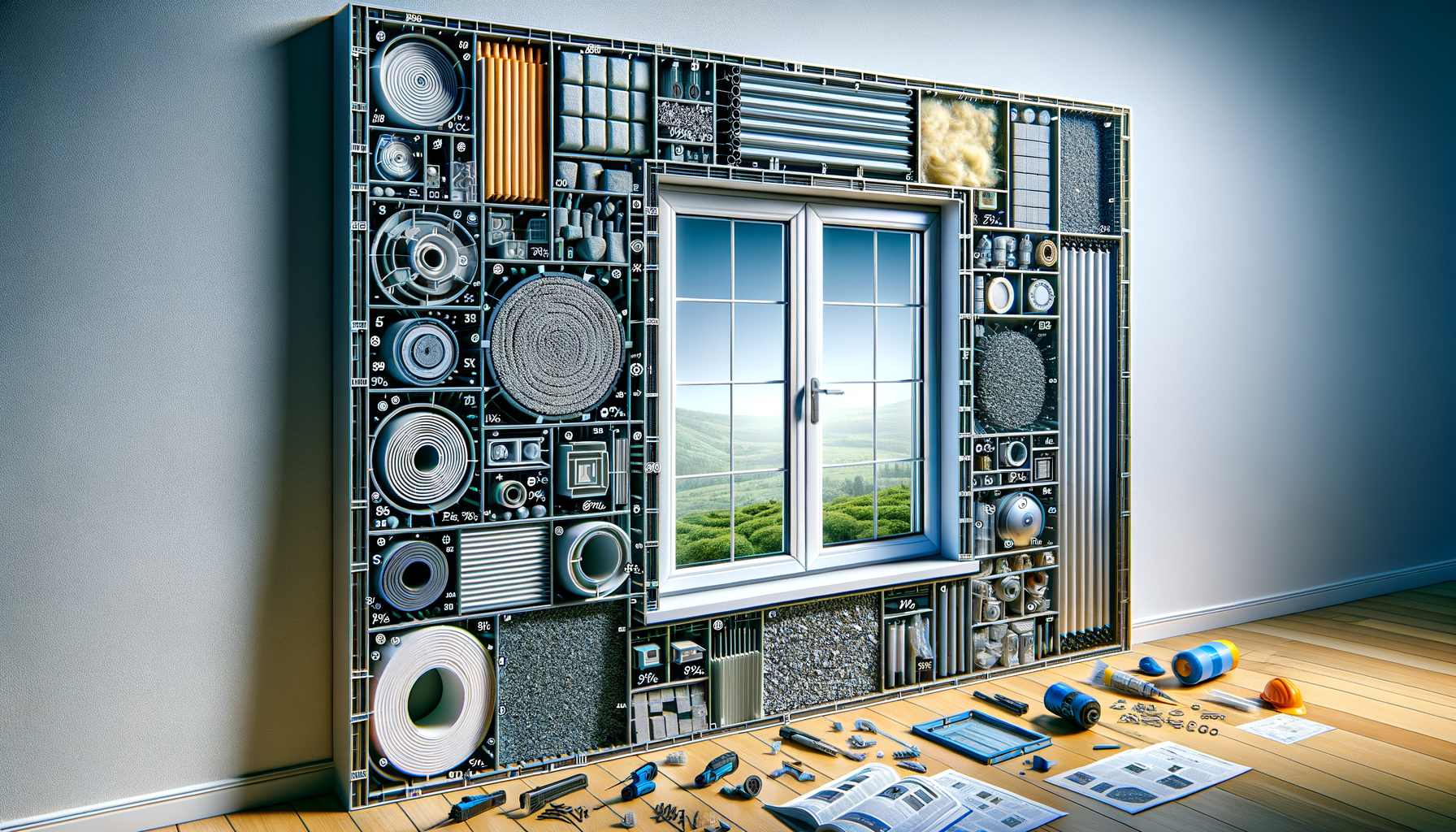Introduction to Window Installation Costs
Windows are not just openings to let in light and air; they are vital components that impact a home’s energy efficiency, aesthetic appeal, and overall value. When considering new window installations, understanding the cost implications is crucial. The price of window installation can vary significantly based on several factors, including the type of window, materials used, labor costs, and geographical location. This comprehensive guide explores these variables to help homeowners make informed decisions.
Factors Influencing Window Installation Costs
Several factors influence the cost of window installation. First, the type of window plays a significant role. Common types include single-hung, double-hung, casement, and sliding windows. Each type has its unique installation requirements and costs. For instance, casement windows might be more expensive due to the complexity of their installation.
Material choice is another critical factor. Windows can be made from wood, vinyl, aluminum, or fiberglass, each offering different benefits and price points. Wood windows, while aesthetically pleasing, tend to be more expensive and require more maintenance. In contrast, vinyl windows are cost-effective and low-maintenance.
Labor costs also vary depending on the complexity of the installation and the region. Urban areas with a higher cost of living typically have higher labor costs. Additionally, if the installation requires structural changes or removal of old windows, this can increase labor expenses.
Comparing Material Costs
Material selection is a significant contributor to the overall cost of window installation. Here’s a breakdown of common materials:
- Vinyl: Known for its affordability and low maintenance, vinyl is a popular choice for many homeowners. It offers good insulation and is resistant to moisture.
- Wood: Offers a classic and elegant look, but at a higher cost. Wood requires regular maintenance to prevent decay and maintain its appearance.
- Aluminum: Durable and strong, aluminum windows are often used in modern designs. They are less energy-efficient compared to other materials.
- Fiberglass: Combines the strength of aluminum with the insulation properties of vinyl. Fiberglass is more expensive but offers excellent durability and energy efficiency.
Choosing the right material depends on budget, climate, and personal preference. Each material has its advantages and potential drawbacks, making it essential to weigh these factors carefully.
Labor and Installation Complexity
The complexity of the installation process can significantly impact labor costs. For example, replacing windows in a historic home may require custom fitting and additional care to preserve the building’s integrity. In contrast, installing standard windows in a new construction might be straightforward and less costly.
Additionally, the size and number of windows being installed can affect labor costs. Large windows or multiple installations require more time and effort, increasing the overall cost. It’s also important to consider any additional work, such as repairing or modifying window frames, which can add to labor expenses.
Hiring experienced professionals can ensure the job is done correctly, preventing future issues such as leaks or poor insulation. While this might increase initial costs, it can save money in the long run by reducing maintenance and energy expenses.
Geographical and Seasonal Considerations
Geographical location plays a significant role in window installation costs. Areas with extreme weather conditions may require specific window types or additional insulation, impacting the overall price. Moreover, labor rates can vary widely between regions, with urban areas generally having higher costs.
Seasonal factors can also influence installation costs. Many homeowners opt to install windows during warmer months, leading to higher demand and potentially increased prices. However, scheduling installations during off-peak seasons might result in better deals and faster service.
Understanding these geographical and seasonal factors can help homeowners plan and budget more effectively, ensuring they choose the right time and place for their window installation projects.
Conclusion: Making Informed Decisions
Window installation is a significant investment that can enhance the comfort, aesthetics, and value of a home. By understanding the various factors that influence costs, homeowners can make informed decisions that align with their budget and preferences. Whether choosing materials, evaluating labor costs, or considering geographical and seasonal factors, careful planning and research are key to a successful window installation project.
Ultimately, the goal is to achieve a balance between cost, quality, and functionality, ensuring that new windows provide lasting benefits for years to come.




Leave a Reply